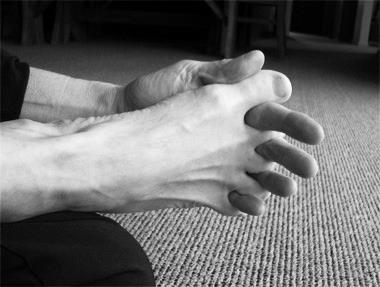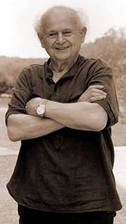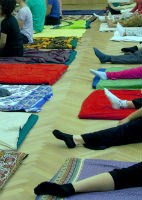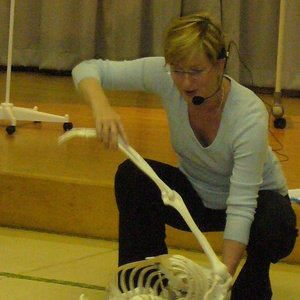Recent advances in the field of neuroscience have shown that not only are our brains capable of changing and reorganising, but they are doing it continuously.
Moshe Feldenkrais was a creative scientific genius who explored and invented lessons designed to develop new habits of mind and behaviour by driving changes in the nervous system. His functional understanding of neuroplasticity continues to be scientifically validated with ongoing research confirming his ground breaking discoveries. Practitioners of his Method continue to advance his work world wide.
The Feldenkrais Method® is a scientific method, unique in its approach to the human condition and the path to self improvement. It is a system which uses movements of the body in sophisticated contexts to enhance the capacity of motor learning and specific motor skills. It has a wide range of educational and therapeutic applications. Using the exploratory style of learning natural to infants, movement lessons are designed to expand body awareness, enhance the neuromuscular self image allowing more efficient and effective movement.

In the course of our lives, for many reasons, including the nature of how our brains work, we can become habituated in certain physical, cognitive and emotional patterns. These patterns or habits which are essential in our way of functioning, can also become problematic or limiting when they no longer serve our intentions or inhibit easier, more comfortable and efficient ways of functioning. The Method utilises and engages one’s natural curiosity in very sophisticated ways and contexts to explore how we move . This process evokes the natural capacities of our nervous system for learning at both conscious and non conscious levels. As we sense what we are doing and how we are doing it, a framework for somatic re-education is developed. Refining the organization of sensory motor control not only balances muscular tonus and improves coordination but integrates into all manner of doing. This can free us of unwanted or unnecessary habits, bringing more choice, freedom and ease to one’s life. Creating more choice in how you move, you can literally learn to move beyond your limitations.
An ingenious approach to improving people’s ability to learn and their understanding of human function and development, the Method offers a framework in which movement, thinking, sensing and feeling are explored in novel ways.
The Method brings improvement to a wide range of people and offers an additional dimension and versatility to the work of many professionals; physiotherapists, occupational therapists, psychologists, physical education teachers; to those involved in highly refined movement such as musicians, athletes, performing artists; to those with various muscular or neurological dysfunctions; and to the simply, clearly curious. To suit specific needs it is taught in two formats: Awareness Through Movement® (ATM) group classes and hands-on individual Functional Integration® (FI) lessons.
Although it can be useful to have an intellectual understanding of the Method, the best way to appreciate its effectiveness is - to experience it!
Quotes
“The aim [of the Feldenkrais Method] is a person that is organized to move with minimum effort and maximum efficiency, not through muscular strength, but through increased consciousness of how movement works.”
Moshe Feldenkrais, PhD
“We do not achieve … by repetition, muscle exercising, or by increasing speed and force, but by widening and refining the cerebral control of the muscle range.”
Moshe Feldenkrais



